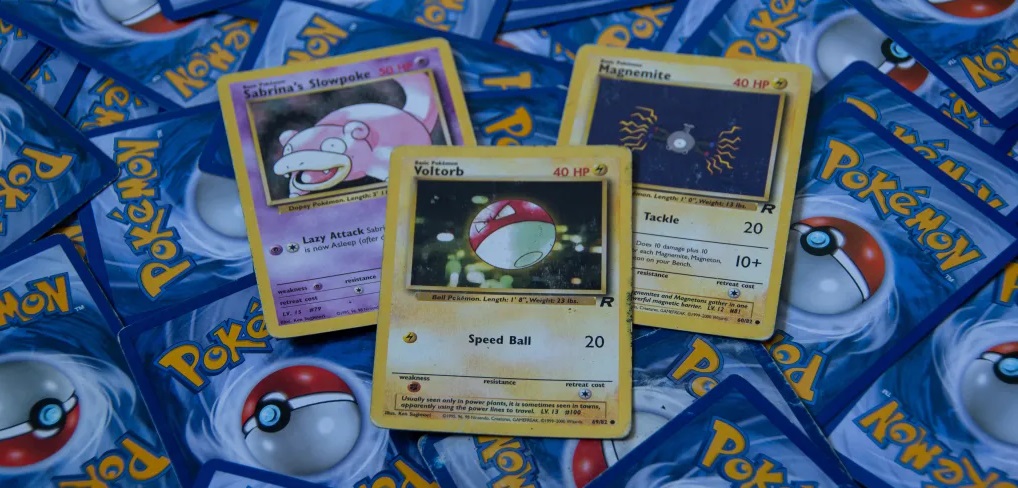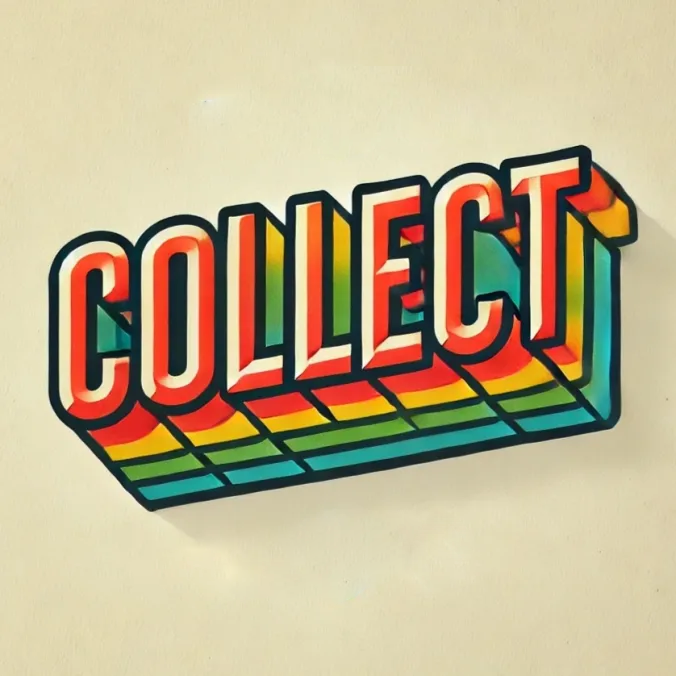Collecting rare trading cards is more than just a hobby—it’s an investment. As the value of these cards skyrockets, counterfeiters have found ways to exploit the market. Ensuring your cards are authentic is crucial for protecting your collection and your financial interests.
In this guide, we’ll explore practical methods to verify the authenticity of rare trading cards.
These aren’t just theoretical tips, but actionable steps you can take right now to safeguard your collection.
Start with the Basics: Visual Inspection
The first line of defense against counterfeit cards is a simple, careful visual inspection. There are a few specific things to check immediately when you acquire a card:
- Printing Quality: Legitimate cards are printed with precise, high-quality techniques. Look for clear, sharp edges on text and images. If the text looks fuzzy or the colours seem off, you might be looking at a fake.
- Tip: Use a magnifying glass to closely inspect the print quality. Genuine cards should have consistent patterns, while fakes often show pixelation or uneven ink distribution.
- Borders and Alignment: One of the biggest giveaways of a counterfeit card is poor alignment. If the borders aren’t perfectly centered or aligned, it could be a fake. Real trading cards from reputable manufacturers have precise cutting machines that make sure every card is centered properly.
- Colour and Font: Counterfeiters often struggle to match the exact colour tones and fonts used by the original card makers. Compare the card to known authentic versions (you can often find high-quality images online) and pay attention to any subtle differences in the hues or fonts.
Advanced Authentication Techniques: Using Tools
Once you’ve done the basic inspection, it’s time to move onto more advanced techniques using affordable tools that any serious collector should have on hand:
- Jeweler’s Loupe or Digital Microscope: One of the best ways to inspect a card is by using a jeweler’s loupe or a digital microscope. These tools help you zoom in on the card’s surface, revealing the printing method. Genuine cards use a specific dot matrix or ink pattern. Under magnification, you should see tiny dots or grids that are uniform.
- Actionable Step: Invest in a jeweler’s loupe (they cost about $10–$20) or a digital microscope ($30–$100). These tools are essential for closely examining the card’s print quality.
- Light and Transparency Test: Some cards have distinct characteristics when held up to the light. For example, older cards from certain sports or game sets might have special watermarks or inner layers of security features.
- Hold the card up to a bright light source and observe how the light passes through the card. If it’s too transparent or completely opaque, it may be fake. Some cards have a thin black or blue layer inside that you can see when viewed from the edge.
- Blacklight (UV Light) Test: Certain card sets, especially more modern ones, have invisible ink markings or special stamps that only appear under ultraviolet (UV) light. Counterfeit cards often won’t have these marks because the special inks are difficult to replicate.
- Actionable Step: Buy a UV flashlight (these are usually under $10). Shine the light on the card in a dark room to see if any hidden markings or watermarks appear. If they don’t, it could be a red flag.
Professional Grading and Authentication Services
Even with all the tools and knowledge available, sometimes you’ll want a professional opinion—especially when it comes to high-value cards. Professional grading services not only give a grade to the card’s condition but also verify its authenticity. Here’s how the process works and why it’s worth considering:
- PSA, Beckett, and CGC: These are the top grading companies trusted by collectors worldwide. You can send your card to them, and they will use their advanced equipment and expertise to authenticate and grade your card. Once verified, they encase it in a tamper-proof case, adding to its value.
- Cost and Time: Grading costs can range from $20 to several hundred dollars depending on the card’s value and how quickly you want the service. It’s a worthwhile investment for high-end cards, especially if you’re planning to sell or trade them.
- Resale Value: Cards that have been professionally graded and authenticated almost always sell for higher prices. It’s a small cost for the peace of mind and potential increase in value.
Staying Informed and Avoiding Common Pitfalls
The world of trading cards is always evolving, and counterfeiters are getting smarter. Staying informed and learning from other collectors can make all the difference. Here are some key tips to stay ahead:
- Compare to Known Real Cards: Always compare your cards to verified images of authentic ones. There are many resources online, including collector forums, high-resolution scans from reputable sellers, and databases that track rare cards.
- Community Engagement: Join online forums or local card shops where other collectors share their knowledge. There are often discussions about the latest scams and counterfeit techniques. Facebook groups, Reddit, and dedicated card forums are great places to connect with others.
- Know the : Always buy cards from reputable sellers, whether online or in person. Avoid unknown or sketchy websites, and if the price seems too good to be true, it probably is.
Authenticating rare trading cards isn’t just a protective measure—it’s a necessary skill for serious collectors.
By combining basic visual inspection with more advanced techniques like using a jeweler’s loupe or performing light tests, you can confidently verify your cards.
For high-value items, using professional grading services provides an extra layer of security and increases the card’s resale value.
In the ever-changing world of trading cards, staying informed and using the right tools can help you stay one step ahead of counterfeiters, ensuring your collection remains valuable and genuine.
Happy collecting!




